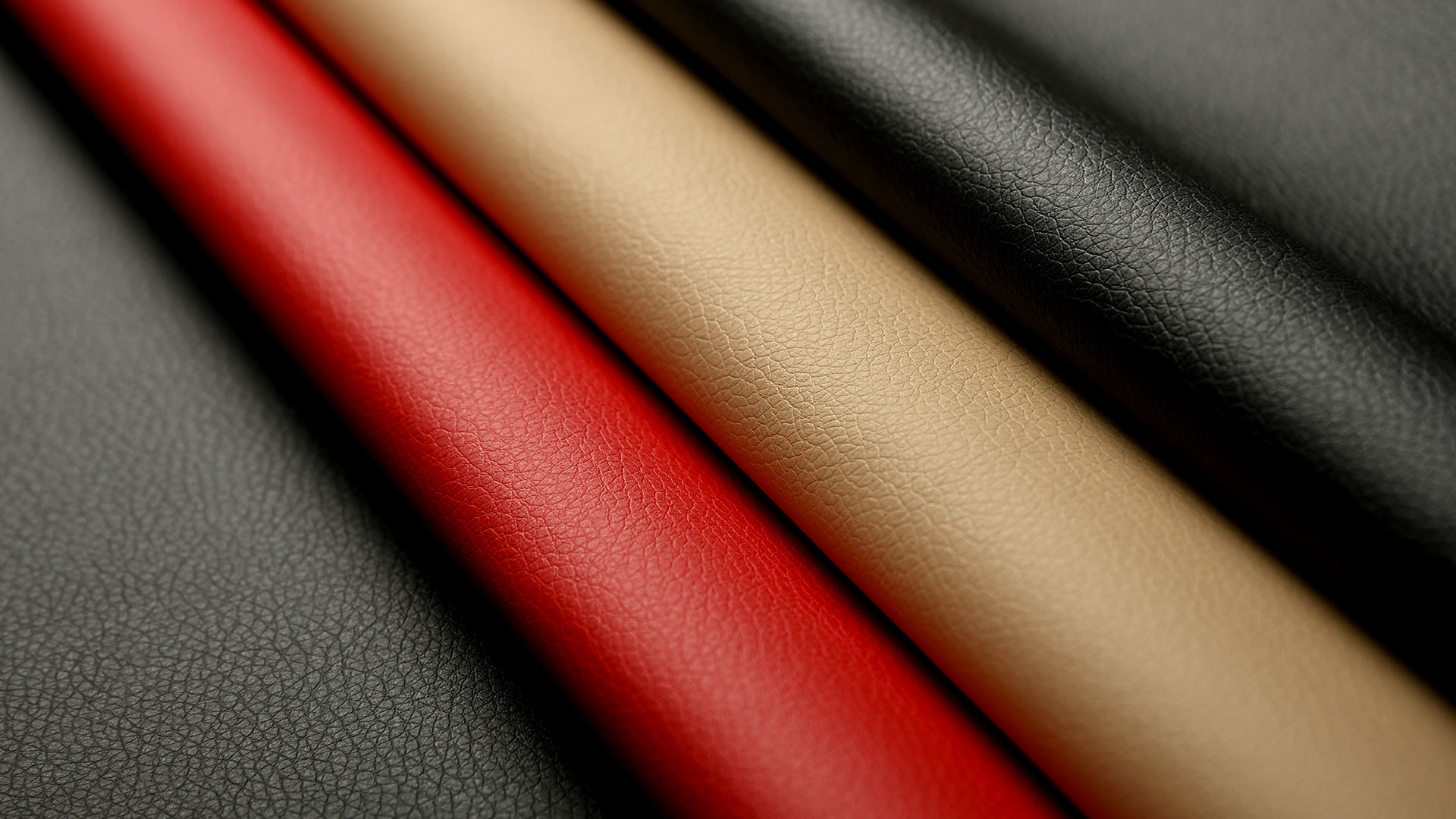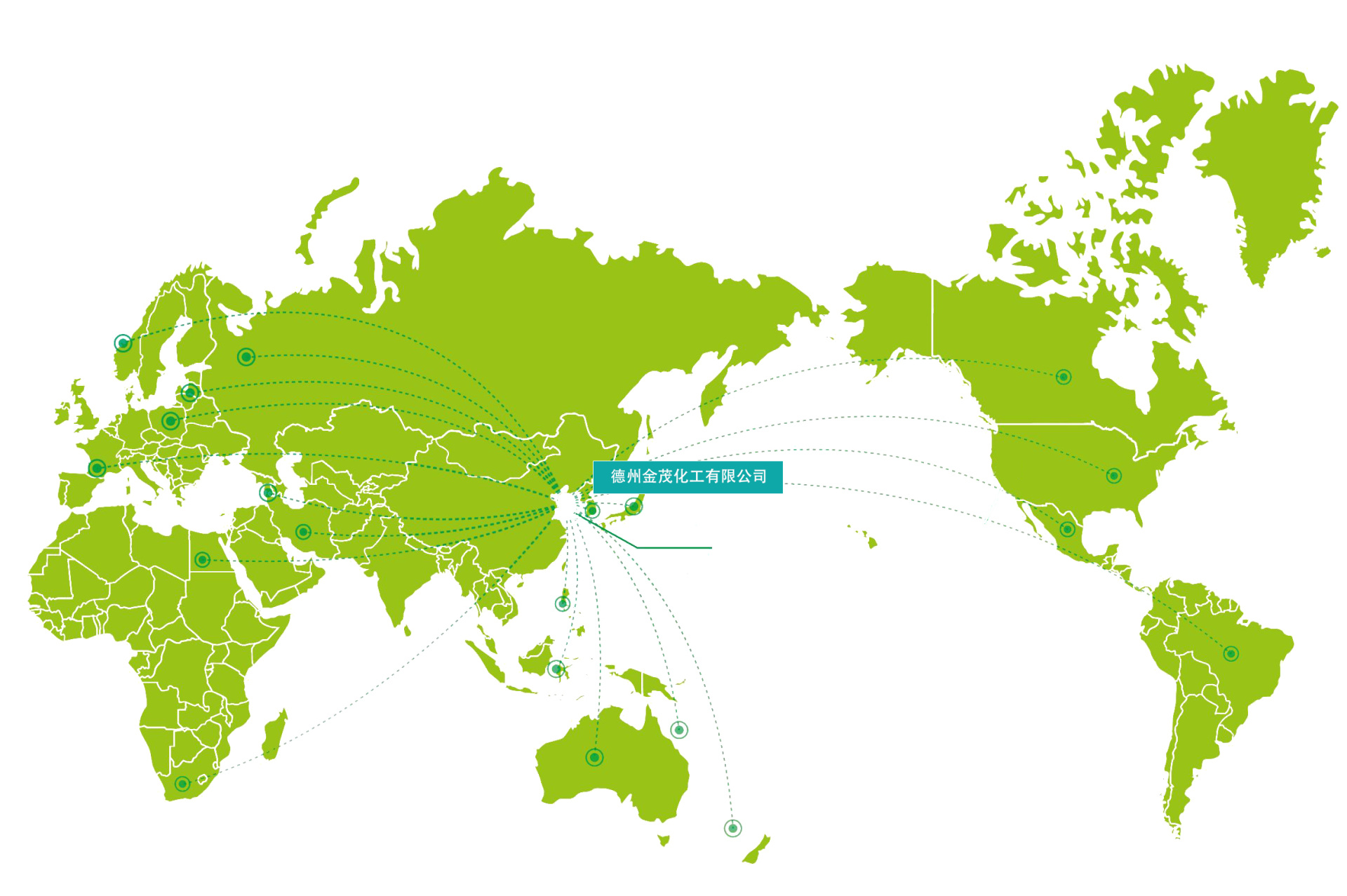Introduction to Feed Additives
Feed additivesRefer to the small or trace substances added during the production and processing of feed. Although used in small amounts in feed, their effects are significant. Feed additives are essential raw materials used in modern feed industry. They have obvious effects on enhancing the nutritional value of basic feed, improving animal production performance, ensuring animal health, saving feed costs, and improving the quality of animal products.
Feed additivesDivided into microbial feed additives. Among them, microbial feed additives are microbial products that replace or balance one or more bacterial strains in the animal ecosystem. In a narrow sense, it is a microbial product that can stimulate the reproduction and growth of beneficial bacteria while resisting the growth of harmful bacteria. Microbial feed additives contain a large number of beneficial bacteria (active lactic acid bacteria, bifidobacteria, bacillus), compound enzymes, chelated peptides, mycotoxin binders, etc. After entering the livestock and poultry body as feed, they can reproduce rapidly. On one hand, the metabolites of the introduced strains neutralize intestinal toxins and inhibit the growth of other harmful bacteria. On the other hand, they form a normal microbial flora in the host, synthesize essential vitamins for the host, provide nutrition, and prevent the invasion of pathogenic bacteria.
Feed additivesWhat are the advantages?
1.Feed formulated according to different production purposes and corresponding feeding standards is comprehensive in nutrition, has a high feed conversion rate, reduces production costs, and has high economic benefits.
2.There are many types of feed used in compound feed, which complement each other in nutrients, can fully utilize existing feed resources, reduce feed costs, and expand feed sources.
3.According to different production purposes, various additives can be used to prevent nutritional deficiencies and imbalances, control the growth of pathogenic microorganisms, reduce diseases, promote growth, improve feed utilization, increase body weight, and enhance productivity.
Mixed feed additives are feed products that simply mix several types of feed together. It does not take into account the nutritional needs of pigs. The nutrients in the feed cannot be provided in a balanced manner, leading to nutritional deficiencies or waste. According to experiments, compared to single feed additives or simple mixed feed additives, the former has a feed-to-meat ratio of about3:1, the latter is usually4.0-4.5:1, or even higher.
Latest developments







